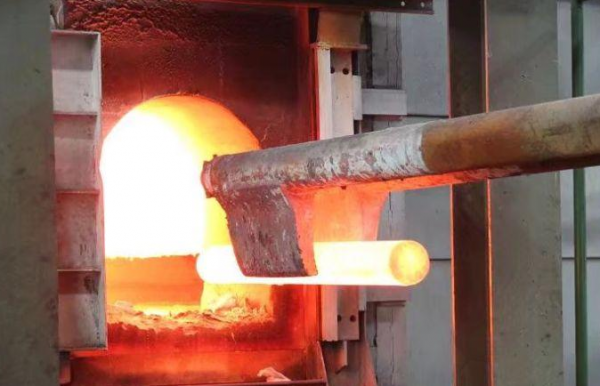-
About
-
Our Brand
-
Products
-
Community
Community
Blog
Blog
The Purpose of Tempering & Quenching Seamless Pipe
- Writer
- STEELTOPIA
- Date
- 23-10-11
The Purpose of Tempering Seamless Pipe
Tempering is a heat treatment process that involves heating a seamless pipe to a temperature below Ac1 (the temperature at which pearlite begins to transform into austenite during heating) after quenching and holding it at that temperature for a specific period of time before cooling it to room temperature.

Following tempering, quenching is typically performed. The purpose is as follows.
- Improvement of Microstructure
Seamless pipes can develop internal stresses during the production process, which can affect the durability and performance of the pipe. Tempering alleviates internal stresses and makes the pipe's microstructure more uniform and stable.
- Hardness Control
Tempering helps control the hardness and strength of the pipe to achieve desired properties. Maintaining the right combination of hardness and strength ensures that the pipe operates effectively under expected environmental and load conditions.
- Enhancement of Weldability
Tempering can minimize issues such as corrosion and defects that may occur during welding and processing of seamless pipes, thus improving weldability.
- Strengthening of Stability
Tempering stabilizes the microstructure and properties of the pipe, enhancing its resistance to environmental changes and sudden temperature fluctuations.
Therefore, tempering is a crucial process for achieving the final properties and performance of seamless pipes.
The information provided on this webpage is intended solely for informational purposes. Steeltopia does not make any explicit or implied representations or warranties regarding the accuracy, comprehensiveness, or validity of this information.


 HOME
HOME